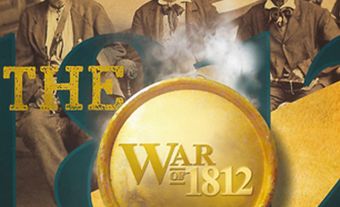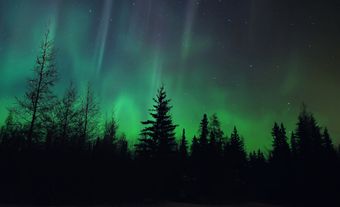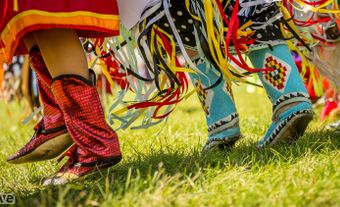Indigenous Peoples
Indigenous Peoples are the original inhabitants of the land that is now Canada. Inuit and First Nations history extends well before the arrival of Europeans in Canada, while Métis emerged as a distinct culture after intermarriage between European settlers and First Nations people. Indigenous people were essential to the development of early Canada, but suffered massive population declines due to the arrival of European disease. In addition, though they were often military allies, they faced persecution at the hands of colonial governments in the form of displacement, starvation, land seizure and cultural genocide through residential schools and destructive legislation. Indigenous people live throughout Canada and continue to strive to reinvigorate traditional culture and ways of life.

Timelines


The Fur Trade
For nearly 250 years, from the early 17th to the mid-19th centuries, the fur trade was a vast commercial enterprise across the land we now call Canada.


Kanesatake Resistance (Oka Crisis)
The Kanesatake Resistance, also known as the Oka Crisis or the Mohawk Resistance at Kanesatake, was a 78-day standoff (11 July–26 September 1990) between Kanyen'kehà:ka (Mohawk) protesters, Quebec police, and the Canadian Army. It took place in the community of Kanesatake, which includes a commons area known as “the Pines.” It is near the Town of Oka, on the north shore of Montreal. Related protests and violence occurred in the Kahnawake reserve, to the south of Montreal. The crisis was sparked by the proposed expansion of a golf course and the development of townhouses on disputed land in the Pines that included a Kanyen'kehà:ka burial ground. Tensions were high, particularly after the death of Corporal Marcel Lemay, a Sûreté du Québec police officer. Eventually, the army was called in and the protest ended. The golf course expansion was cancelled and the land was purchased by the federal government. However, it did not establish the land as a reserve, and there has since been no organized transfer of the land to the Mohawks of Kanesatake. The resistance inspired Indigenous peoples across Canada to take action. It has been linked to the Idle No More movement, as well as demands for an inquiry into missing and murdered Indigenous women in Canada.

Indigenous Peoples
Indigenous nations tell their own stories about the origins of the world and their place in it; all claim their ancestry dates to Time Immemorial. At the same time, there is considerable archeological debate about when humans first came to North America, though broad assumptions suggest waves of migration from northeastern Asia, by both land bridge and boat, between 30,000 and 13,500 years ago. Note: This timeline presents key events and developments in Indigenous history in what is now Canada, from Time Immemorial to present. While no timeline can be exhaustive in its coverage, it provides a broad chronological overview to support educators and students.

Louis Riel
Louis Riel, Métis leader, founder of Manitoba, central figure in the Red River and North-West resistances (born 22 October 1844 in Saint-Boniface, Red River Settlement; died 16 November 1885 in Regina, SK).

Red River Colony
The Red River Colony, a key part of Manitoba's rich history, was a settlement on the Red and Assiniboine rivers whose boundaries crossed parts of what are now Manitoba and North Dakota. Founded in 1812 by Thomas Douglas, 5th Earl of Selkirk, the colony grew through times of extreme hardship into a multiracial society. It was the site of the Red River Resistance before reluctantly joining Canada as the province of Manitoba.

Nunavut
Nunavut, which translates from the Inuktitut dialect of the Eastern Arctic Inuit as "Our Land," is a Canadian territory.

Indigenous Suffrage
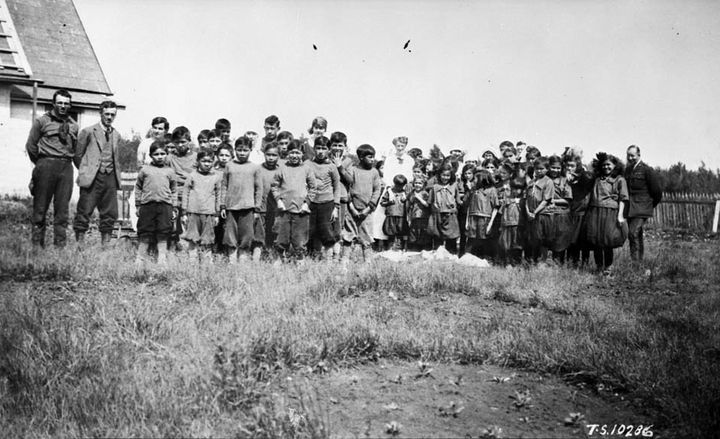
Residential Schools
Residential schools were established by Christian churches and the federal government to assimilate Indigenous children into Euro-Canadian society.

The Indian Act
The Indian Act is the principal law through which the federal government administers Indian status, local First Nations governments and the management of reserve land and communal monies. The Indian Act does not include Métis or Inuit peoples. The Act came into power on 12 April 1876. It consolidated a number of earlier colonial laws that sought to control and assimilate Indigenous peoples into Euro-Canadian culture. The Indian Act has been amended many times over the years to do away with restrictive and oppressive laws. However, the Act has had historic and ongoing impacts on First Nations cultures, economies, politics and communities. It has also caused inter-generational trauma, particularly with regards to residential schools.
Education Guides
Quizzes
Gallery










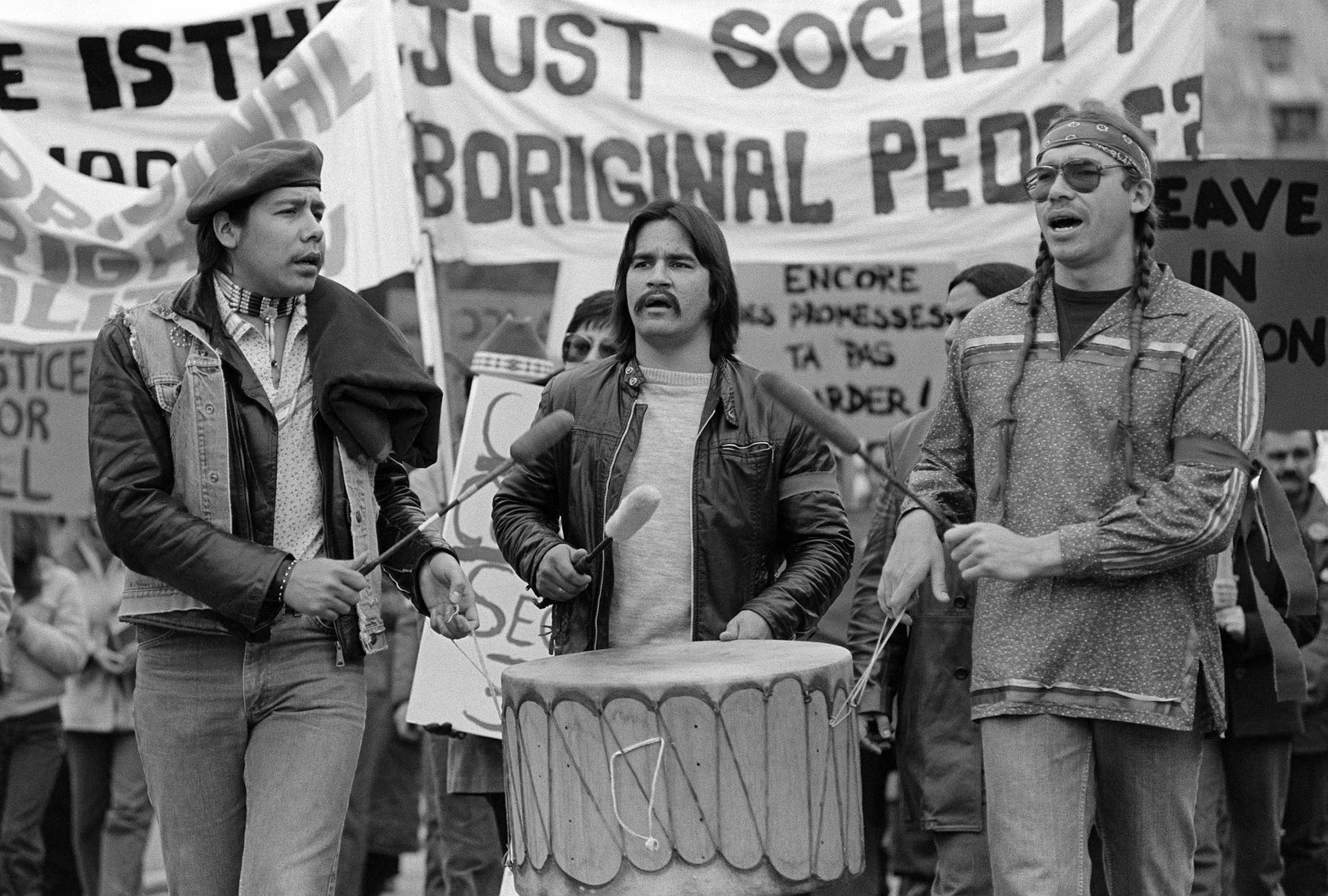
Videos






































